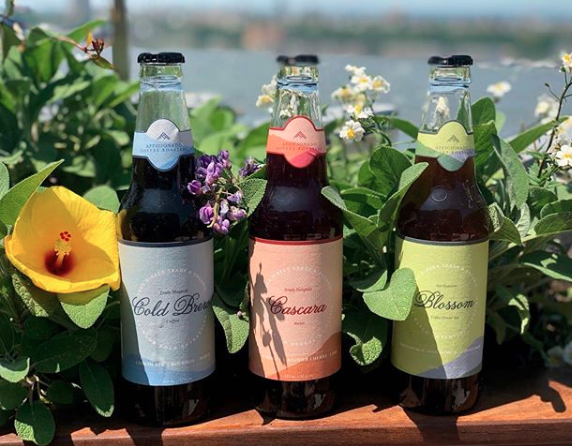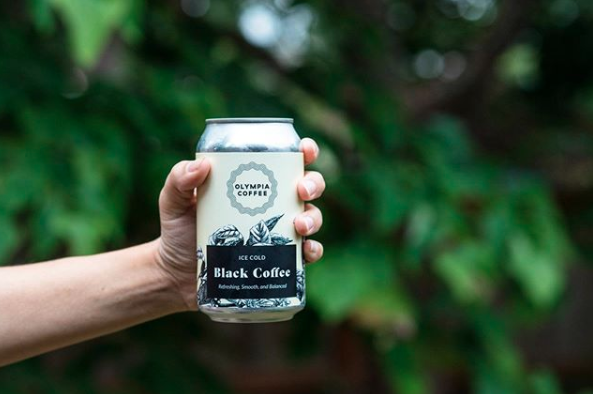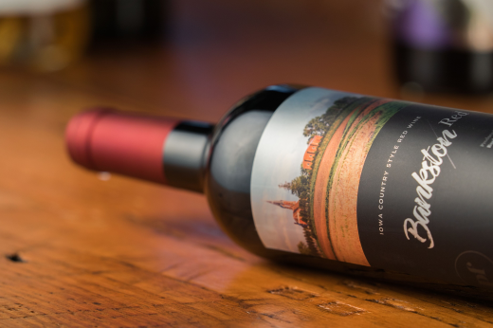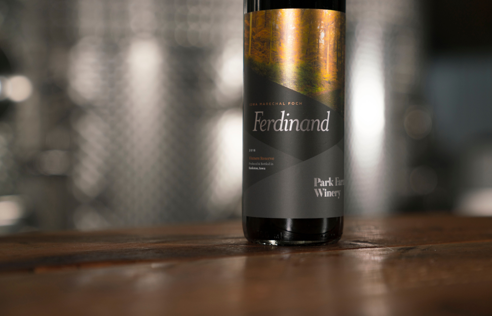3 Ways to Make Your Cold Brew Labels Succeed
With a growing market, your cold brew products will need to stick out amid the competition. Here are three ways that you can improve your cold brew labels to help your products succeed.
Make Sure Your Cold Brew Labels Stand Out
One of the first things you need to do is figure out a good labeling solution for your container. For bottles, that means you’ll might consider if you want to use a full-wrap label or a partial wrap with separate pieces for the front and back of your container. You may also want to add a bottleneck label to add some extra flair to your packaging. As for cans, you’ll want to decide how much coverage you want. If you want to add a “second skin” that conforms to the shape of your can, shrink sleeves are a good fit.
In addition to dealing with containers, you’ll need to focus on your design. If you’re looking for an edge to make your labels pop compared to your competition, a little science may help. There are multiple psychological elements that can help you create eye-catching labels, including the following four elements:
- Font types
- Layout design
- Color psychology
- Visual processing
Another way to help showcase your brand is to promote personality and be different from the typical competitors. Don’t be afraid to showcase your brand in certain light. If you want to position your product as a high-class cold brew, a sophisticated metallic foil or decorative varnish. If you qualify for organic status, consider including the organic seal to attract for environmentally and health conscious customers. Your label tells a story, so make sure your design shares the right message.

Make Sure Your Cold Brew Labels Perform Under Pressure
After investing time in making sure your cold brew label looks great, it’s important that they’re made to last as well. There are multiple factors that impact how long labels will last, so, you’ll want to identify any potential issues for your products. For cold brew labels, typical issues include moisture and scratches.
Like many beverages, it’s not uncommon to see cold brew containers in coolers or refrigerators. Whether they’re in direct contact with ice or water or just dealing with condensation, the presence of moisture can distort labels and even cause them to fall off your container. A water-resistant label like a film and an appropriate label adhesive can help your cold brew labels avoid these problems. If you really like the classic look of a paper label – which is quite understandable – you should invest in a material with a higher wet strength. Even the most water-resistant paper label will become fully saturated over time, so you’ll need to weigh the risks of your product’s environment with the rewards of that come with paper labels.
Scuffs and scratches are another potential issue. Surface damage can occur at many points during a product’s journey, from shipping and storage to an accidental fingernail scrape during consumption. Both paper and film labels are susceptible to the dangers of scuffing, so you should consider adding a protective laminate or varnish to help shield your label’s design from damage.
Make Sure Your Cold Brew Labels are Comply with Legal Regulations
As with any other food or beverage product, there are multiple regulations set by the U.S. Food and Drug Administration (FDA) that you need to follow to keep your cold brew labels compliant. Certain features, such as “best by” and “sell by” dates, are optional, but there many required elements that you must display on your cold brew labels. These include:
- Name of the product
- Name and address of the manufacturer or distributor
- Net quantity of contents
- Ingredients list (including allergy-causing foods)
- Nutrition facts
- Any health claims
Each of the above requirements comes with specific rules that range from type and font size to specific layout instructions. Those details can be found in the FDA’s food labeling guide.
It’s also important to note that alcoholic cold brews have a whole different set of regulations to follow. If a beverage contains at least 0.5 percent alcohol by volume, it’s regulated by the Alcohol and Tobacco Tax and Trade Bureau (TTB) instead of the FDA. This means any alcoholic cold brews must display the following information.
- The name or trade name of the brewer
- The net contents of the container
- The nature of the product (such as “beer”)
- The place of production
- An official health warning statement that follows the legibility and type rules in the Electronic Code of Federal Regulations and reads:
- GOVERNMENT WARNING: (1) According to the Surgeon General, women should not drink alcoholic beverages during pregnancy because of the risk of birth defects. (2) Consumption of alcoholic beverages impairs your ability to drive a car or operate machinery, and may cause health problems.

Nail All Three Areas with the Right Label Printing Company
Once you figure out your design and know what it takes to keep your cold brew labels safe and compliant, you’re almost at the finish line. Now you just need a label printing company to make your labels a reality. Fortunately, we can help with that.
At Blue Label, we have the experts and technology to produce eye-catching beverage labels. We work with you to identify your needs and provide a label solution made specifically for your products. Contact Blue Label today to talk to one of our experts about how we can help your cold brews stand out in a growing market.
Images in this post are provided by Afficionado Coffee Roasters and Olympia Coffee.

